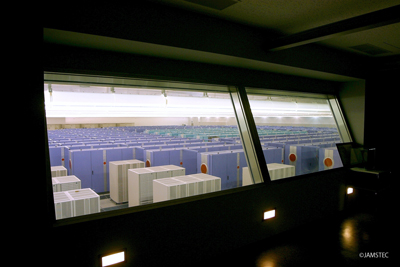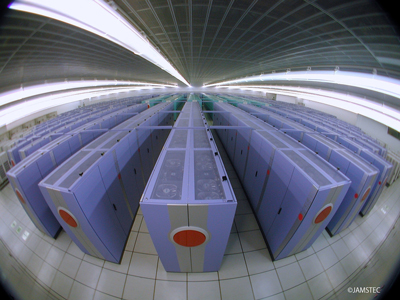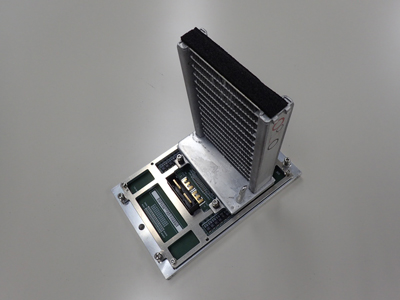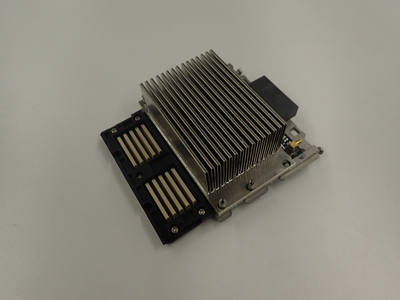

- Home >
- Artifacts of IP Heritage >
- 2019 >
- Earth Simulator
Earth Simulator




| Beginning of operation | March, 2002 |
|---|---|
| Developed by | NASDA (current JAXA), JAERI (current JAEA), JAMSTEC and NEC |
| Owner | JAMSTEC |
| Location of historical materials | JAMSTEC Yokohama Institute for Earth Sciences 3173-25, Showa-machi, Kanazawa-ku, Yokohama-city, Kanagawa, 236-0001, Japan |
| Visitor information | Advance reservation is required |
| Contact | (About Earth Simulator) Supercomputer Engineering and Administration Group, Center for Earth Information Science and Technology (CEIST), Research Institute for Value-Added-Information Generation. Tel.+81-45-778-5770 https://www.jamstec.go.jp/es/ (Visitor) Public Relations Section. Tel.+81-46-867-9069 |
To simulate earth scale phenomena for research projects such as global warming and crustal movements, Earth Simulator was developed by former NASDA (current JAXA), former JAERI (current JAEA) and JAMSTEC, manufactured by NEC Corporation. The operation started in March 2002. In June 2002, Earth Simulator recorded 35.86 Tera FLOPS (about thirty six trillion calculations per second) with LINPACK benchmark, ranked at No.1 for five consecutive terms in the TOP500 list of the world supercomputer ranking. At the same time, immediately after the start of the operation, Earth Simulator proved to be the very stable system and was used for real application programs at high performance efficiency. This high standard shocked the global research community with surprise.
Earth Simulator is a distributed memory parallel computer system which consists of 640 PNs (Processor Node) connected by 640x640 single crossbar network.
Each PNs is a shared memory parallel computer with 8 vector type CPUs (AP: Arithmetic Processor) with the peak performance of 8 Giga FLOPS (8 billion calculations per second) sharing 16 Giga bytes of main memory unit. The whole system consists of 5120 APs with 40 Tera FLOPS, the peak performance, and 10 Tera bytes, the total capacity of the main memory.
Ratio of the effective performance to the peak performance is 87.2% with LINPACK benchmark and 64.9% with atmospheric general circulation code (AFES). This high performance efficiency is the advantage of Earth Simulator.
Earth Simulator has contributed the research results in wide range of areas, including earth science such as global warming and the dynamic processes in the earth's interior. The current system is the third generation replaced in March 2015.
